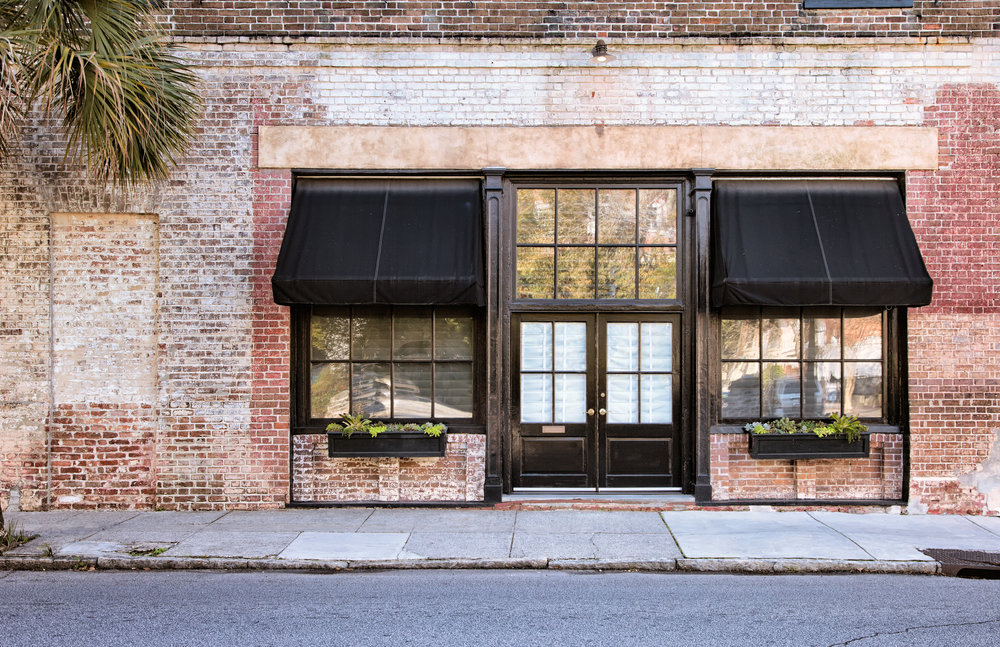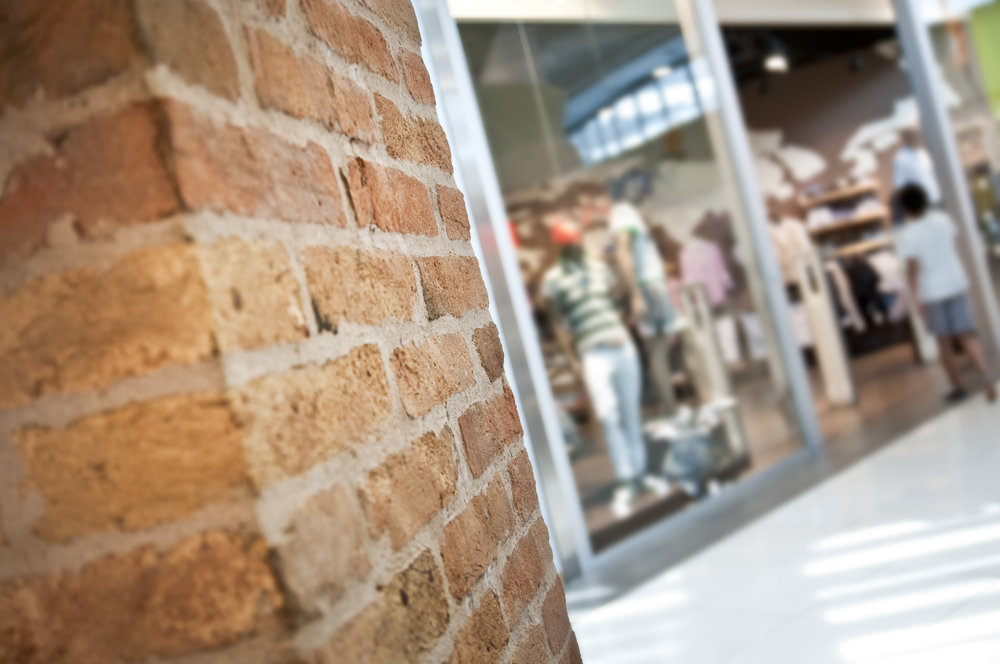Wasp Barcode Technologies: The Barcode Solution People
Retailers Are Returning To the Bricks and Clicks Model

When it comes to retail, we are approaching the singularity. In the commerce context, this isn’t the somewhat-terrifying fusion of humans and robots into one mind, but the combination of online and offline shopping into one experience that transcends what either format could do individually. E-tailers are trending towards brick-and-mortar stores, but it’s hardly a step backwards.
[Tweet "E-tailers are trending towards brick-and-mortar stores."]
As ecommerce has emerged in full force over the last few years, the prevailing notion was that this form of buying—24 hours a day, 7 days a week, from practically any location on earth, you could be shopping, and return your purchases easily if you were unsatisfied—would usurp brick-and-mortar retail as the primary avenue for shopping. And even though Amazon and other massive e-tailers and online stores for behemoths like Wal-Mart have taken over public imagination, the truth is that ecommerce still only represents about
10% of the global retail market.
So although people love the convenience and low prices of online shopping, they still enjoy and seek out the in-person shopping adventure. We are social people, and shopping online can’t replace the joy of making a spontaneous purchase in a physical store.
E-tailers, from Amazon to Warby Parker to Birchbox to companies
around the globe in countries like India, France and China, have recognized that they can’t capture the entire market without adding a physical store component to their already-established online platforms.
[su_divider top="no" size="2"]
[su_divider top="no" size="2"]
Here are some specific reasons why e-tailers are going brick-and-mortar—or, perhaps more accurately, why they are turning into “bricks and clicks” businesses.
It helps capture more customers
The shopping world may never go all-digital. People love to touch, try, and most of all “experience” their purchases. Millennials in particular are said to want to buy experiences as much as products.
Any good business wants to continue expanding its customer base. And as
major urban centers continue to grow—again, thanks to millennials, who are recognizing the value of living in a city—companies are seeing the value of operating a physical store that is open to walk-through traffic for thousands, hundreds of thousands, even millions of people.
Even the attempts by e-tailers to create a “sticky,” lasting offline experience—for example, the boxes of glasses that Warby Parker sends to customers at home—pale in comparison to a branded, immersive store. Perhaps that’s because there is a
psychological aspect to this that can’t be denied: For centuries, we have congregated in commerce centers. Sitting at home with a box just isn’t the same.
Thus, businesses that operate only online will miss out on potential buyers—either because they are ignorant of the brand altogether, or because closing a deal is more difficult online (how many times have you left items in a cart and never returned to a site?). Which brings us to the next point.

An online-only business is more expensive than you might think
In theory, an online-only business is cheaper than a brick-and-mortar store, since less of an investment is needed in things like rent, insurance, and utilities, and there are
fewer challenges to your supply chain. But according to Ari Bloom, chief executive of virtual fitting room startup Avametric, that’s a false assumption. From
The Guardian:
As the e-commerce landscape becomes more competitive and the cost of deliveries and returns rises with shoppers expecting on-demand and speedier services, the cost of acquiring customers has become higher.
“It’s hard to present a compelling, sticky brand experience online, especially when selling non-utility items like apparel, accessories, home goods,” says Bloom. “Many companies actually lose money online and are still highly profitable offline.
In some ways, the online-only businesses’ attempts to meet customers more than halfway (i.e, with shipments of samples or try-ons directly to the customer) can backfire, as consumers simply do their research online and/or at home, then journey to another store to buy full-sized options at a lower price, or at a physical location they know and trust.
WIth a physical store, a number of factors—from sales reps who provide personalized help and advice, to experiences such as in-store salons, and more—can push customers to complete the “last mile” of the purchase in a way that a computer or mobile phone can’t.
They work as showrooms, shipping points and fulfillment centers
The physical stores e-tailers are opening up aren’t your grandma’s physical stores. They are more like galleries or showrooms, or as mentioned above places to experience products, such as a barbershop where an app can save the haircut you received so you remember it for next time.
Basically, they won’t necessarily be places where the company’s
entire inventory is in stock, which can be a drain on a business’ inventory turnover ratio and other metrics. They can, however, function as a shipping hub that makes pickups and returns by customers more convenient and less expensive.
Stores like Wal-Mart and Best Buy are seeing great success with their “Pickup in store” option, which allows customers to pick up the item they purchased online at their convenience without the hassle of waiting at home for a delivery, which also comes with some risk. And as same-day delivery (by drone or other technological marvel) becomes a more common reality, using stores to help with remote fulfillment will be crucial to streamlining the process.
E-tailers believe they can do brick-and-mortar better
Finally, one great advantage that online stores have had over brick-and-mortar businesses is they access to in-depth data about their customers. Amazon in particular has turned their ability to know what you want into a business that rakes in about
50% of all legitimate online purchases.
So while Amazon made a killing on undercutting physical bookstores and then every other kind of store,
their ventures into their own physical bookstores and now grocery stores is predicated on the idea that they can design and push products in-store better than their traditional predecessors. Their use of reviews, rankings and other data is crucial to that.
Additionally, businesses that allow customers to buy in-store from their phones are also addressing some of the issues that plagued traditional stores. In recent years, shoppers might go to a store, try an item, look up a better price on their phone and depart without a purchase. But by cutting out cash registers and promising that the shopper can leave, right now, with that item, they expect to see a higher conversion rate.
In all, e-tailers are moving towards physical stores for the same reason they opened online stores in the first place: They see gaps in their shopping experiences that can be shored up. By moving to a bricks and clicks model, companies are looking towards the future of retail, and will likely be better off for it.




